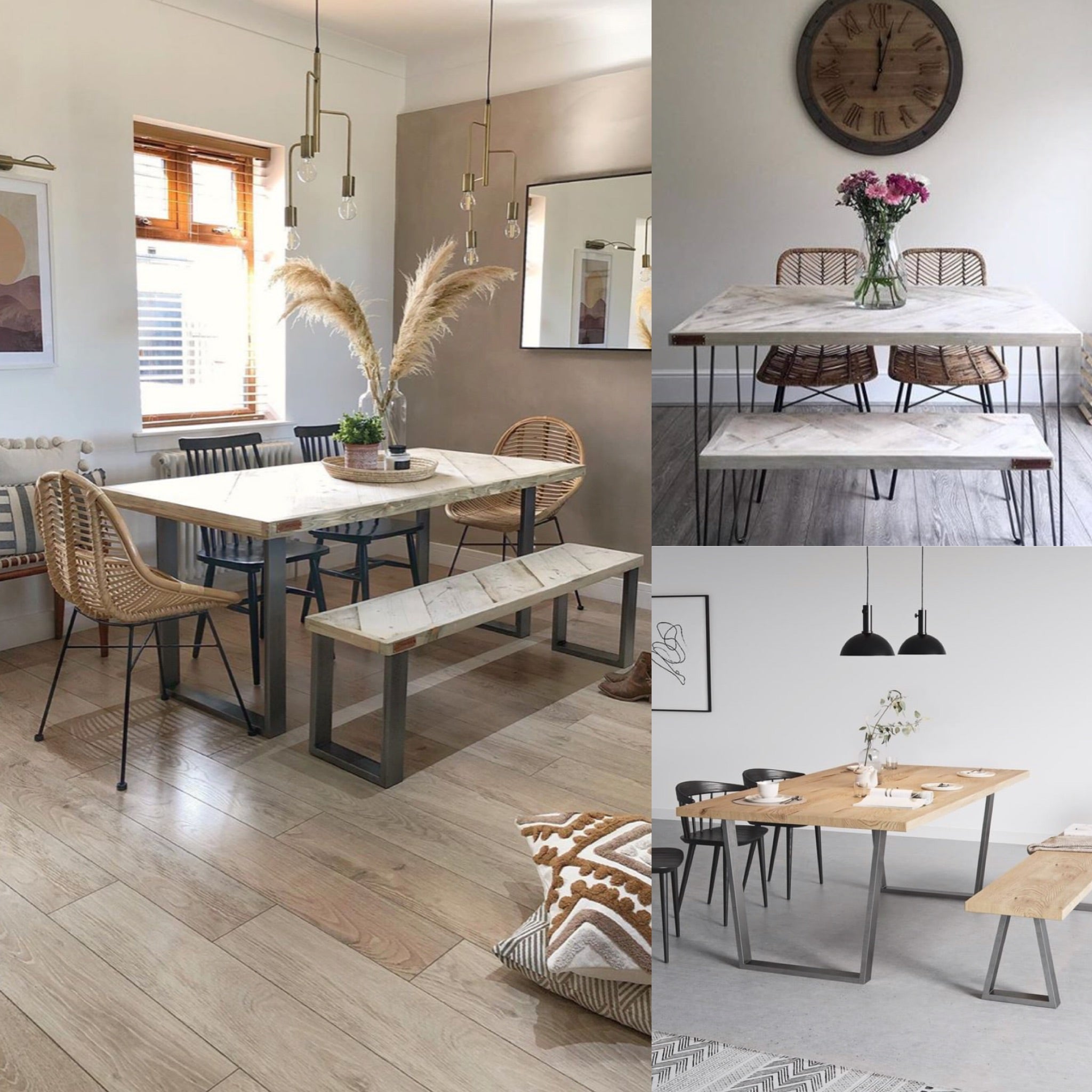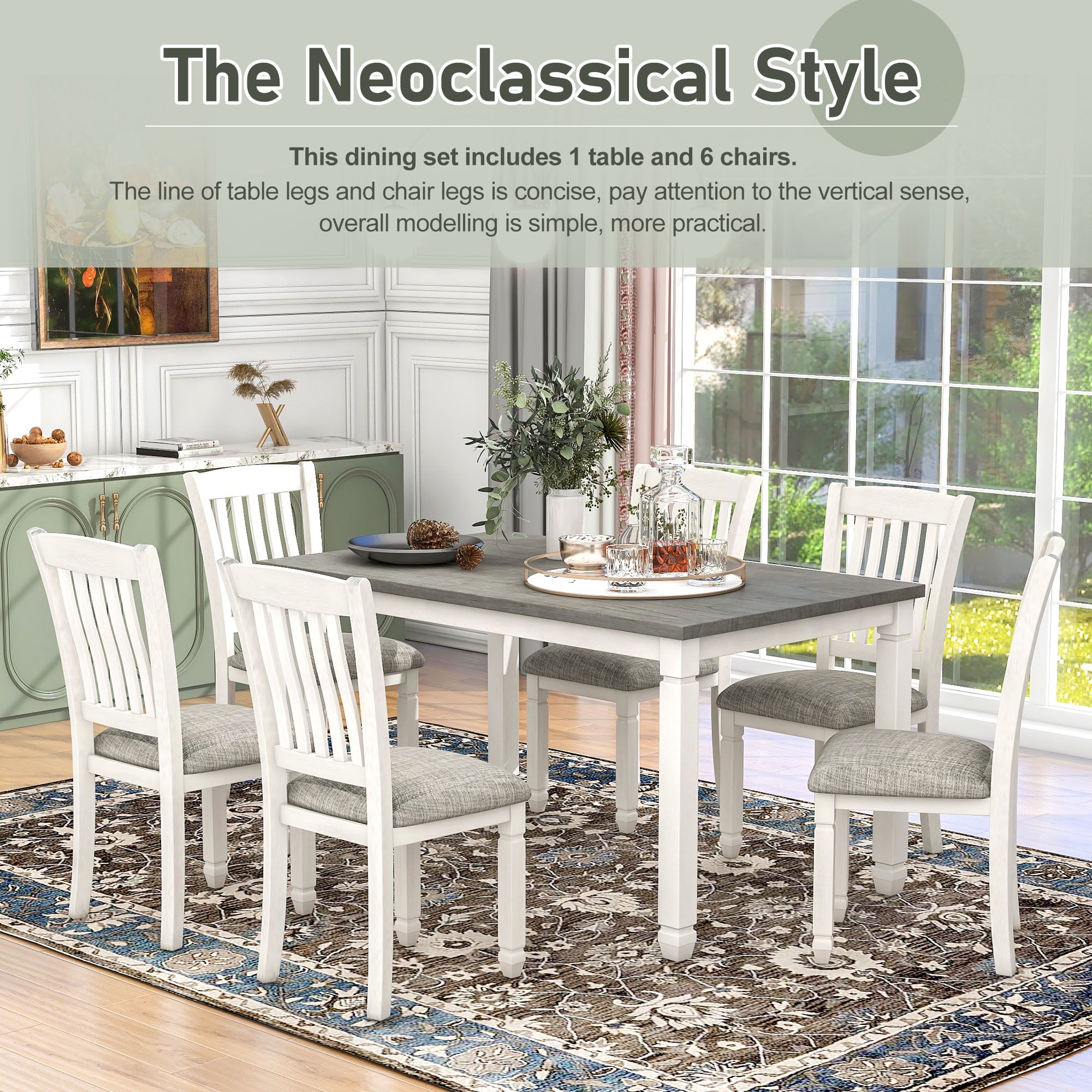Add Charm and Elegance to Your Space with Distinct Dining Room Table Legs
Add Charm and Elegance to Your Space with Distinct Dining Room Table Legs
Blog Article
From Typical to Modern: Locate the Suitable Dining Space Table Legs for Your Style
The choice of dining-room table legs plays a critical role in specifying the general personality of your area, connecting the space between traditional workmanship and contemporary looks. While timeless styles such as cabriole and turned legs stimulate a sense of classic sophistication, contemporary designs like hairpin and geometric alternatives provide an opportunity for striking visual interest. Examining the best equilibrium between these designs needs a nuanced understanding of your existing décor and individual taste. As you consider these elements, the concern remains: exactly how can you flawlessly integrate these varied leg styles to produce a harmonious eating experience?
Comprehending Table Leg Styles
The range of eating space table leg styles can significantly affect both the visual appeals and capability of the area. Each leg style contributes one-of-a-kind visual components and useful attributes, satisfying varied layout preferences and usage demands. Comprehending these styles is vital for picking the ideal eating table that straightens with your general indoor layout vision.
As an example, tapered legs offer a tidy, classic appearance that can enhance a room's beauty, while stand bases give security and maximize legroom, making them excellent for smaller sized rooms. Barrette legs, a hallmark of mid-century contemporary layout, present an industrial flair, permitting a ventilated, open feel. Trestle legs evoke rustic charm, supplying durable support and a feeling of timelessness.
Additionally, the choice of products plays a significant duty. Wooden legs can bring warmth and texture, whereas metal alternatives usually share a streamlined, contemporary vibe. Eventually, understanding table leg designs is vital for developing a natural eating location that mirrors personal design while making sure usefulness and comfort. By attentively considering these elements, you can boost both the visual and practical charm of your dining room.
Standard Table Leg Options
When picking eating area table legs, typical choices usually symbolize classic style and craftsmanship. These styles reflect a rich heritage and a dedication to high quality, making them excellent for those that value timeless visual appeals.
One of the most legendary standard leg designs is the cabriole leg, identified by its elegant curved form. This layout commonly features ornamental makings and is most frequently discovered in Queen Anne and Chippendale furniture. An additional preferred alternative is the transformed leg, which boasts a collection of smooth, rounded forms that give a classic appearance while preserving security.
Furthermore, the straight leg, while basic, supplies a durable and basic framework that can mix perfectly with a range of tabletop styles. For those drawn to ornate outlining, claw-and-ball feet legs stimulate a feeling of grandeur and can serve as a sensational centerpiece in any kind of eating room.
Last but not least, stand bases, although not strictly legs, give an alternate standard alternative that allows for adequate legroom and can be magnificently sculpted. Each of these standard leg designs contributes to the general setting of a dining space, weding feature with visual appeal.

Modern Table Leg Styles
Modern table leg designs offer a diverse variety of designs that highlight tidy lines and innovative products. These layouts commonly prioritize functionality while acting as striking centerpieces within a dining space. Minimalist appearances are widespread, with legs crafted from materials such as steel, glass, and crafted timber, which add to a ventilated and contemporary feeling.
One prominent style is the hairpin leg, defined by its slim, conical framework that provides security without frustrating the table top (dining room table legs). This style is typically located in mid-century modern furniture and can easily match numerous eating table shapes. Another fad is making use of geometric shapes, where legs may tackle unbalanced or angular types, adding aesthetic passion and a touch of artistry

Blending Styles for Unique Spaces
Often, homeowners seek to produce one-of-a-kind eating spaces that show their individual design by mixing numerous layout aspects. This approach enables the incorporation of diverse visual appeals, leading to an unified yet distinctive environment. As an example, combining a rustic wood table with smooth, modern metal legs can develop a captivating comparison that boosts the area's overall charm.
In addition, integrating vintage table legs with contemporary table tops can stimulate a feeling of history while preserving a modern perceptiveness. Such combinations not just resource showcase specific taste yet additionally urge creative thinking, enabling property owners to curate an area that feels both individual and welcoming.
Shade plays an important role in useful content this mixing process; selecting table legs that complement or comparison with the existing color pattern can improve aesthetic interest. For example, whitewashed legs can soften the daring of a dark table surface, producing a balanced aesthetic.
Tips for Selecting the Right Legs
Choosing the right table legs is crucial for attaining both performance and aesthetic allure in your dining room. Begin by considering the overall style of your room. Conventional setups gain from legs that include detailed carvings or turned styles, while contemporary areas might call for streamlined, minimal designs.
Next, assess the elevation and security of the legs. dining room table legs. Common table range between 28 to 30 inches in elevation, so guarantee the legs enhance this measurement for comfort. In addition, robust products, such as wood or steel, can enhance security and longevity
Assess the leg form also-- choices include straight, tapered, or pedestal designs. Straight legs supply a classic look, while tapered legs can add a touch of sophistication. Pedestal bases give adequate legroom and are ideal for smaller spaces.
Verdict
In summary, selecting the perfect dining-room table legs calls for careful factor to consider of both traditional and modern-day styles. Typical options such as cabriole and turned legs provide ageless elegance, while contemporary designs like hairpin and geometric you can try here forms supply a modern touch. By integrating leg style, height, and material with the general decor, a cohesive and inviting ambience can be attained. Inevitably, the selected table legs should mirror the wanted visual, enhancing the eating experience within the space.
The variety of eating space table leg styles can considerably affect both the aesthetics and functionality of the space. Eventually, recognizing table leg styles is crucial for creating a cohesive eating area that mirrors individual design while making sure practicality and comfort.One of the most renowned typical leg designs is the cabriole leg, defined by its stylish bent shape. Straight legs use a traditional appearance, while conical legs can include a touch of elegance.In summary, choosing the perfect dining space table legs calls for careful consideration of both traditional and contemporary designs.
Report this page